
Dogs
The Havanese is thought by some to be a new breed. But actually, this breed has been around for a long time and was only recently rediscovered. Coveted by Cuban royalty, the Havanese is also known as the bichon Havanais or bichon Habanero in Cuba and the Havana Silk Dog.
With a Mediterranean heritage, the Havanese is considered a member of the extensive bichon family. Some believe the breed may have originated on the island of Malta. Despite an uncertain land of origin, ancestors of the Havanese have been around for a long time and references to the breed have been found as far back as 79-23 BC.
Eventually, the ancestors of the breed traveled to Spain and Italy. From here, sailors brought dogs to Cuba as a bargaining item. Soon, the sailors developed trading relationships with the wealthy Cuban families and the dogs lived exclusively in the mansions of the upper class. From here, the breed was developed and named after the Cuban capital of Havana. The dogs were so adored that they were not raised commercially and only given to friends as gifts. The breed was also offered to people as a gift of gratitude if they performed some invaluable or extraordinary service.
In the 1950s, the political turmoil of the Cuban Revolution almost drove the breed to extinction. Thankfully, three exiled families living in Florida and Costa Rica diligently worked to preserve the breed. By the mid 1960s, a breeding program was established in the United States. For this reason, many people feel that the breed's modern development is due to American breeder involvement.
The Havanese is an uncommon breed but was recognized by the American Kennel Club in 1996. Since then, their popularity has continued to rise.
The Havanese is a small dog with a soft hair coat and plumed tail. The head is broad with a pointed muzzle and pendulous ears. The tail is curled over the back and the legs are short. The double hair coat can be straight, wavy or curled and comes in a variety of colors ranging from shades of cream to chocolate to black. Even multi-colors are acceptable. The adult Havanese ranges from 8 1/2 to 11 1/2 inches tall from the shoulders. Their weight ranges from 7 to 13 pounds.
The Havanese is an outgoing and affectionate dog. Considered "happy clowns" the Havanese is very sociable and loves to be with people, especially if given a chance to show off. Typically a quiet breed, the Havanese will bark to alert their owners to the approach of strangers.
The Havanese is a loving and devoted member of the family. The breed does well with children and other pets. Considered an active breed, the Havanese prefers to live indoors but does enjoy some playtime in a fenced in yard. Just don't leave him alone since the Havanese will do anything to be with his owner, including jumping fences and digging.
The Havanese requires regular grooming to keep his hair coat soft and tangle free. Shedding is minimal, especially if properly brushed, but periodic baths are recommended.
The Havanese is an intelligent dog, eager to learn. The breed does well in obedience training and agility. They enjoy water sports and can be trained to compete. They also have a natural herding instinct and can be used to herd chickens, ducks and geese. With their natural love of people and being the center of attention, the Havanese is a great therapy dog as well as a circus trick dog.
The Havanese requires regular care of his hair coat to prevent mats and tangles. The breed does not like being left alone and may develop behavior problems if not properly socialized at a young age.
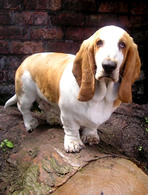 Basset Hounds: A guide to dogs and puppies of the Basset Hound breed
Basset Hounds: A guide to dogs and puppies of the Basset Hound breed
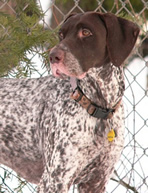 German Shorthaired Pointers: A guide to dogs and puppies of the German Shorthaired Pointer breed
German Shorthaired Pointers: A guide to dogs and puppies of the German Shorthaired Pointer breed
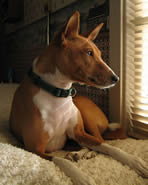 Basenjis: A guide to dogs and puppies of the Basenji breed
Basenjis: A guide to dogs and puppies of the Basenji breed
 Papillons: A guide to dogs and puppies of the Papillon breed
Papillons: A guide to dogs and puppies of the Papillon breed
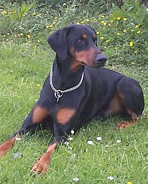 Doberman Pinschers: A guide to dogs and puppies of the Doberman Pinscher breed
Doberman Pinschers: A guide to dogs and puppies of the Doberman Pinscher breed
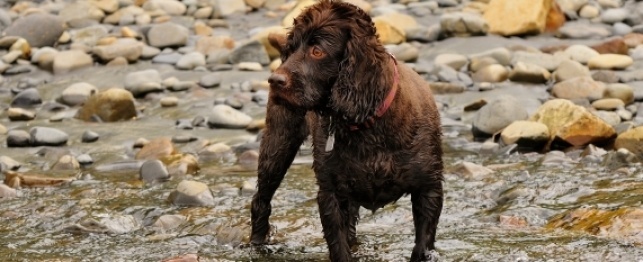 Choosing a Boykin Spaniel - Boykin Spaniel Breed Profile
Choosing a Boykin Spaniel - Boykin Spaniel Breed Profile
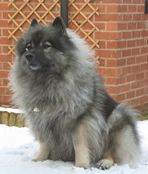 Keeshonds: A guide to dogs and puppies of the Keeshond breed
The Keeshond!
The Keeshond comes in other names that includ
Keeshonds: A guide to dogs and puppies of the Keeshond breed
The Keeshond!
The Keeshond comes in other names that includ
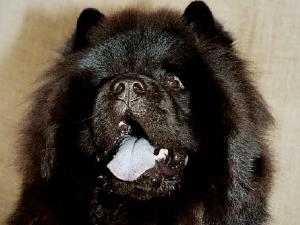 Chow Chow
Chow Chow
Chow Chow
Chow Chow
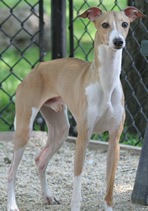 Italian Greyhounds: A guide to dogs and puppies of the Italian Greyhound breed
The Italian Greyhound!
Also known as the Piccolo Levriero I
Italian Greyhounds: A guide to dogs and puppies of the Italian Greyhound breed
The Italian Greyhound!
Also known as the Piccolo Levriero I
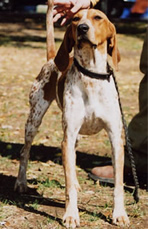 American English Coonhounds: A guide to dogs and puppies of the American English Coonhound breed
The American English Coonhound!
The American English Coonho
American English Coonhounds: A guide to dogs and puppies of the American English Coonhound breed
The American English Coonhound!
The American English Coonho
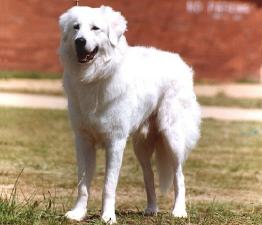 Maremma Sheepdog
Maremma Sheepd
Maremma Sheepdog
Maremma Sheepd
Copyright © 2005-2016 Pet Information All Rights Reserved
Contact us: www162date@outlook.com